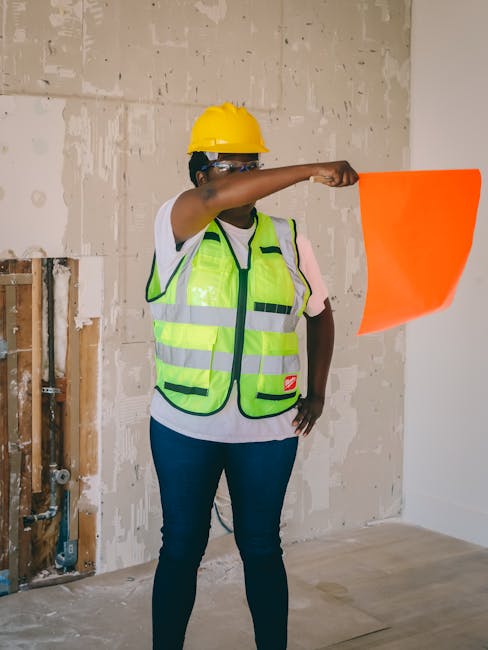
Dealing with the loss of a loved one is undoubtedly a challenging and emotional time. On top of mourning their passing, you may also find yourself faced with the daunting task of navigating the probate process. Probate is the legal process through which a deceased person’s assets are distributed and debts are settled. It can be a complex and time-consuming process, but with the help of a Boise probate attorney, you can navigate it with ease. In this article, we will provide you with a comprehensive guide on how to navigate the probate process and ensure a smooth and successful outcome.
Understanding the Probate Process
The probate process begins with the filing of a petition in the probate court. The court will then appoint an executor or personal representative to oversee the administration of the deceased person’s estate. The executor is responsible for identifying and valuing the deceased person’s assets, paying off debts and taxes, and distributing the remaining assets to the beneficiaries.
One of the first steps in the probate process is to gather all relevant documents, such as the deceased person’s will, financial records, and any other important paperwork. It is important to organize and keep track of all documents related to the deceased person’s estate to ensure a smooth probate process.
Working with a Boise Probate Attorney
Navigating the probate process can be overwhelming, especially during such a difficult time. That is why it is highly recommended to work with a Boise probate attorney who can guide you through the process and provide you with expert legal advice and support. A probate attorney can help you understand your rights and responsibilities as an executor, assist you in fulfilling your duties, and ensure that the probate process is completed in a timely and efficient manner.
A probate attorney can also help you navigate any legal challenges that may arise during the probate process, such as disputes over the validity of the will or disagreements among the beneficiaries. By having a skilled probate attorney by your side, you can rest assured that your loved one’s estate will be handled with care and professionalism.
Tips for a Smooth Probate Process
To ensure a smooth probate process, follow these tips:
1. Stay organized: Keep all documents related to the deceased person’s estate in a safe and easily accessible place. Make sure to maintain detailed records of all financial transactions and communications with the probate court.
2. Communicate with beneficiaries: Keep beneficiaries informed about the probate process and any important updates. Transparency and open communication can help prevent misunderstandings and conflicts among the beneficiaries.
3. Follow the court’s deadlines: The probate process is governed by specific deadlines and requirements set by the probate court. Make sure to adhere to these deadlines to avoid any delays or complications in the probate process.
4. Seek legal advice when needed: If you encounter any legal issues or challenges during the probate process, do not hesitate to seek the advice of a Boise probate attorney. A probate attorney can provide you with the guidance and support you need to navigate the probate process successfully.
Conclusion
Navigating the probate process can be a complex and overwhelming task, especially during a time of grief and loss. However, with the help of a skilled Boise probate attorney, you can navigate the probate process with ease and ensure a smooth and successful outcome. By staying organized, communicating with beneficiaries, following the court’s deadlines, and seeking legal advice when needed, you can navigate the probate process with confidence and peace of mind. Remember, you do not have to go through this process alone – a probate attorney is here to support you every step of the way.
 Unlocking the Secrets to an Excellent Home Appraisal
Unlocking the Secrets to an Excellent Home Appraisal
